The double meaning or polysemy of the word orange is a perfect example of how languages tend to have pairs of words which both refer to a colour and concrete objects. English has an abundance of such word pairs, where many of them originally referred to flowers, e.g. violet, fuchsia, mauve and the less obvious pink (Dianthus plumarius). The best non-English examples of this floral phenomenon are the French colour terms rose ‘pink’ from the flower ‘rose’ (ultimately from Latin rosa) and lilas ‘purple’ from ‘lilac’ (ultimately from Sanskrit nīla via Persian līlak) which have counterparts in many European languages, e.g. rosa and lila in German and Swedish. Can we subsequently assume that orange is a fruity member of the same category, i.e. the fruit being the original orange?

Is orange just an orange fruit or is it really the original orange? (Stanisław Lentz, ‘A man with an orange’, 1914)
The short answer is yes, the colour term clearly comes from the fruit and not vice versa. For a linguist and any linguistically inclined person this is not a satisfying answer however, as we have to look into its etymology to know for sure. The English word orange was borrowed from Middle French orenge, which in turn was borrowed from Italian arancio, which originally referred to both the orange tree and its fruit (cf. Medieval Italian pommerancia ‘fruit of the orange tree’ which is the precursor to German Pomeranze and Swedish pomerans ‘bitter orange’). As we could see in my previous blog post about the etymology of wine, the historical diffusion of a product usually is reflected in its etymology. Thus, where did the Italians get their oranges from? Apparently Arabic-speaking merchants, as they borrowed arancio from Arabic nāranj (which is also the origin of Spanish naranja).

(Rafael Romero Barros, ‘Bodegón de naranjas’, 1863)
The word nāranj was carried by caravans into Arabic from Persian nārang, which in turn was borrowed from Sanskrit nāraṅga. This finally leads us to the source of the word orange, as the proposed ultimate origin is from a Dravidian language in southern India, cf. Tamil nāram and Tulu nāraṅgāyi ‘orange’, where the latter is likely a compound of nāram ‘orange’ and kāyi ‘(unripe) fruit’ which is similar to Tamil māṅkāy ‘unripe mango’ and Telegu mã̄gāyu ‘mango fruit’ (Burrow & Emeneau 1984). The orange itself is however not originally from southern India, which makes the Dravidian origin somewhat less satisfying. The orange originated as a natural hybrid between the mandarin and the pomelo in southern China and north-eastern India (Deng et al. 2020). The fruit that entered Medieval Europe from the Middle East was however ‘bitter orange’ or the ‘Seville orange’, another mandarin/pomelo hybrid that has since largely been replaced by the ‘sweet orange’. The sweet orange was first brought to Europe by Portuguese sea merchants from China, which explains both why the sweet orange is called e.g. apelsin (literally ‘China apple’) in Swedish and portakal in Turkish (as in ‘Portugal orange’).
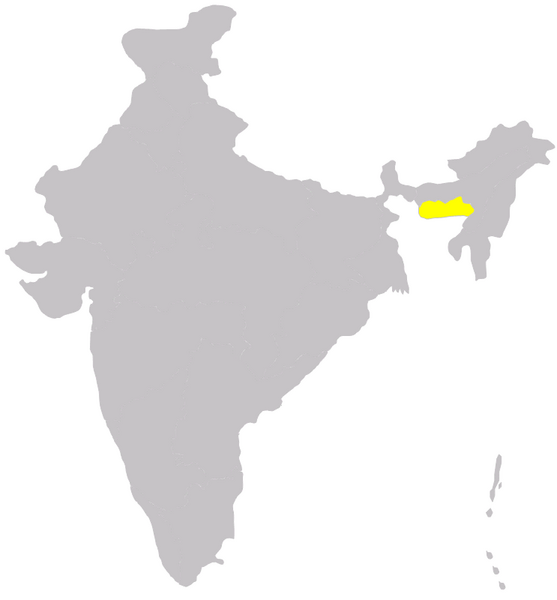
The location of Meghalaya (yellow) in India, which contains both the Garo and Khasi Hills.
North-eastern India has rather colourfully been described as a paradise of citrus genetic diversity and the likely origin of the entire Citrus family (Deng et al. 2020). Indigenous wild sweet oranges and Indian mandarins are known to grow in the Garo Hills in the Indian state of Meghalaya, which is highly interesting as the word for ‘orange’ (or ‘citrus’ in general) in the indigenous Tibeto-Burman languages Garo and Atong is narang (Nengminza 1999; Deng et al. 2020; Breugel 2016). Orange is similarly called nareŋ komla in the closely related Boro language, where komla is an Assamese and Bengali word for ‘orange’ (Bhat 1968), and the same name was at least historically used in the Indo-European language Chakma in Chittagong, where they also referred to an ‘indigenous orange of the hills’ as naraing komola (Lewin 1869: 143). Bhattacharya and Dutta mention an indigenous sweet orange variety known as soh nairiang (Deng et al. 2020), which appears to come from the Austroasiatic language Khasi as soh means ‘fruit’ in Khasi (Sidwell 2018: 110). This is even more interesting as oranges from the Khasi Hills were supposedly traded as far as Syria in the Medieval Ages (Spencer 1967: 52). Whether nairiang is originally from Khasi is impossible to tell, but it is clearly connected to Garo narang.

Garo women celebrating the New Year. (Author: Vishma thapa, https://commons.wikimedia.org/wiki/File:Garo_people_celebrate_New_year_2021.jpg)
One possible explanation for this is that these languages simply borrowed narang from Bengali nāraṅgi, but it seems a bit unlikely that the neighbouring Chakma would then specify ‘indigenous’ oranges as in naraing komola with the same Bengali loanword. It becomes even more unlikely as the local ethnic groups Garos and Khasis have been historically described to ‘grow, in great luxuriance, oranges, limes’ (Dalton 1872: 55). The Garos in particular were described in the 19th century as to ‘cling fondly to their old customs, and have been very little, if at all, infected [sic] by Hinduism’ and that their language was ‘a strong one, and not in the least likely to disappear in favour of Assamese or Bengali’ (Damant 1880: 234). It is still possible that narang is a loanword in Garo, but it seems less likely if these factors are considered.
If we furthermore relate this to previous research that indicates that some commercially important citrus varieties originated in this region of India (Deng et al. 2020), then Sanskrit nāraṅga, Bengali nāraṅgi and Dravidian nāram might actually have been borrowed from a Tibeto-Burman language (such as Garo) or a Khasic language (such as Khasi) instead of vice versa. In conclusion, we can never be completely certain when it comes to the exact origins of words, but since etymologies tend to reflect the historical diffusion of the actual products, it is worth considering this possible and appealing alternative to the ultimate origin of the word orange.
References
Bhat, D. N. S. (1968). Boro Vocabulary (With a Grammatical Sketch). Silver and Jubilee Series 59. Poona: Deccan College.
Breugel, Seino van (2016). Atong-English Dictionary. 2nd edn. Leiden: Brill.
Burrow, T. & Emeneau, M. B. (1984). A Dravidian etymological dictionary. 2nd ed. Oxford: Clarendon Press.
Dalton, Edward Tuite (1872). Descriptive ethnology of Bengal. Calcutta: Office of the Superintendent of Government Printing.
Damant, G. H. (1880). ‘Notes on the Locality and Population of the Tribes Dwelling between the Brahmaputra and Ningthi Rivers’. Journal of the Royal Asiatic Society of Great Britain and Ireland, N.S. 12, pp. 228-258.
Deng, Xiuxin, Yang, Xiaoming, Yamamoto, Masashi, Biswas, Manosh Kumar (2020). ‘Domestication and history’, in Manuel Talon, Marco Caruso, Fred G. Gmitter, jr. (eds.), The Genus Citrus. Duxford: Woodhead Publishing, Elsevier, pp. 33-56.
Lewin, Thomas Herbert (1869). The hill tracts of Chittagong and the dwellers therein; with comparative vocabularies of the hill dialects. Calcutta: Bengal Secretariat Press.
Nengminza, D. S. (1999). The School Dictionary: Garo to English. Tura, Meghalaya: Sushil Kr Das.
OED Online, Oxford University Press, June 2021, www.oed.com. Accessed 2 July 2021.
Sidwell, Paul (2018). The Khasian Languages: Classification, Reconstruction, and Comparative Lexicon. Languages of the World 58. München: LINCOM.
Spencer, L. E. (1967). ‘Notes on the Jaintia dialect’. Journal of the Asiatic Society, 9 (2), pp. 71-133.

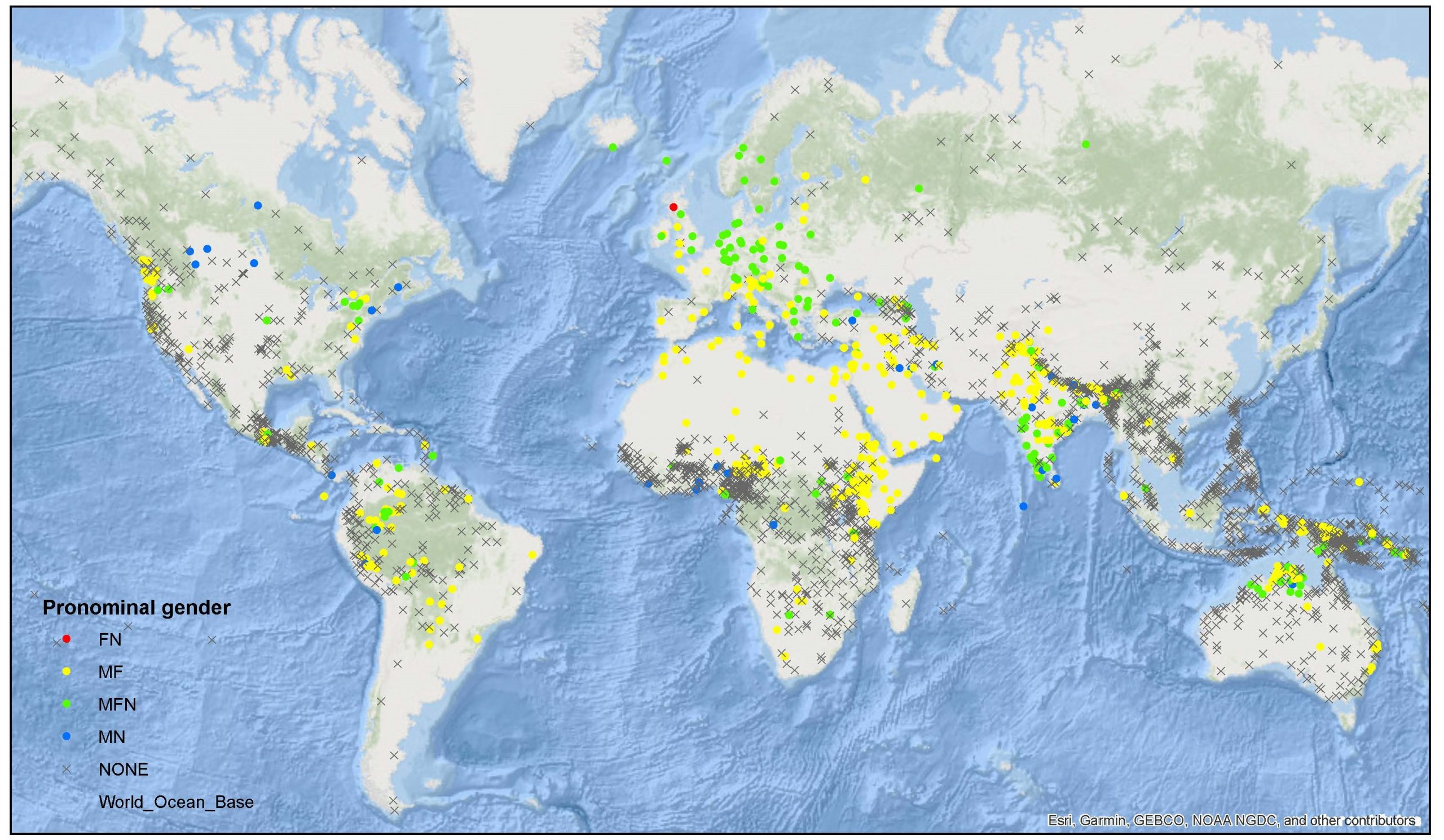

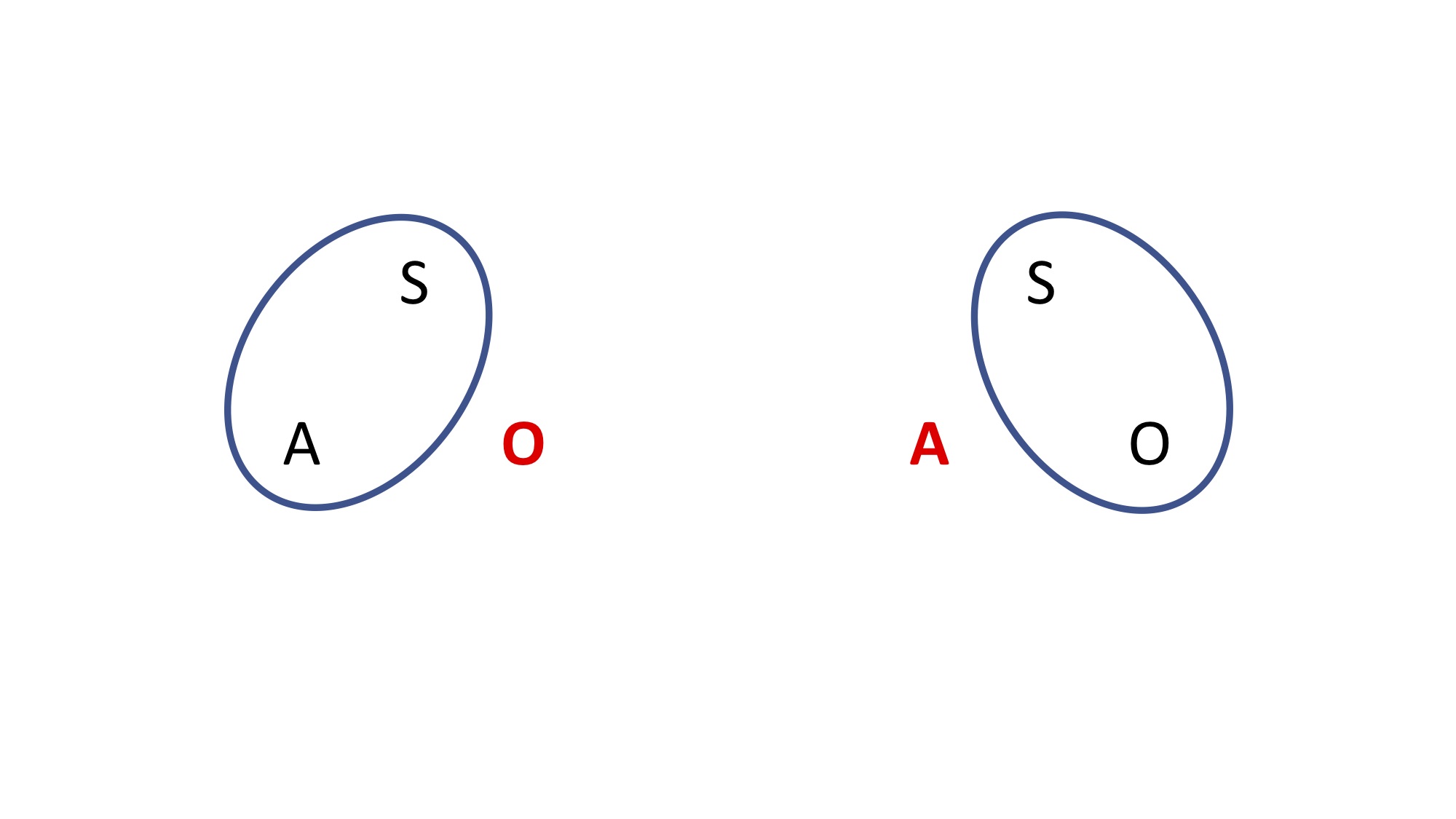

 Panoramic view of the Banaue Rice Terraces (
Panoramic view of the Banaue Rice Terraces (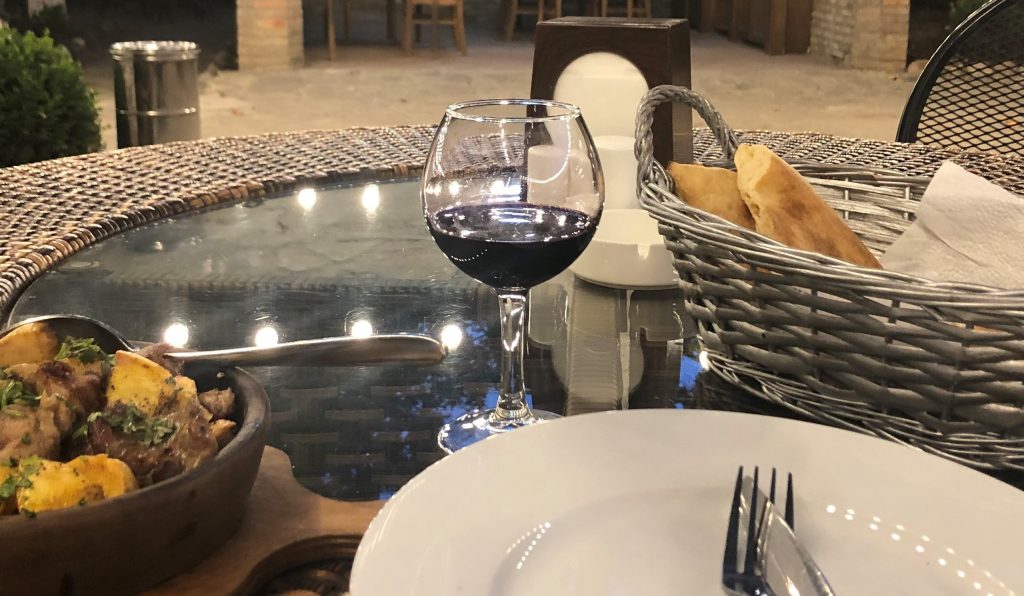

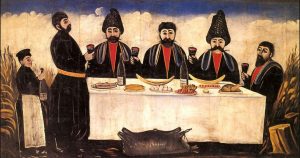

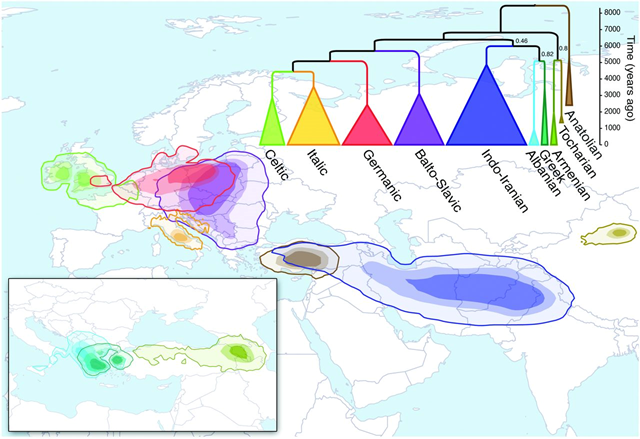
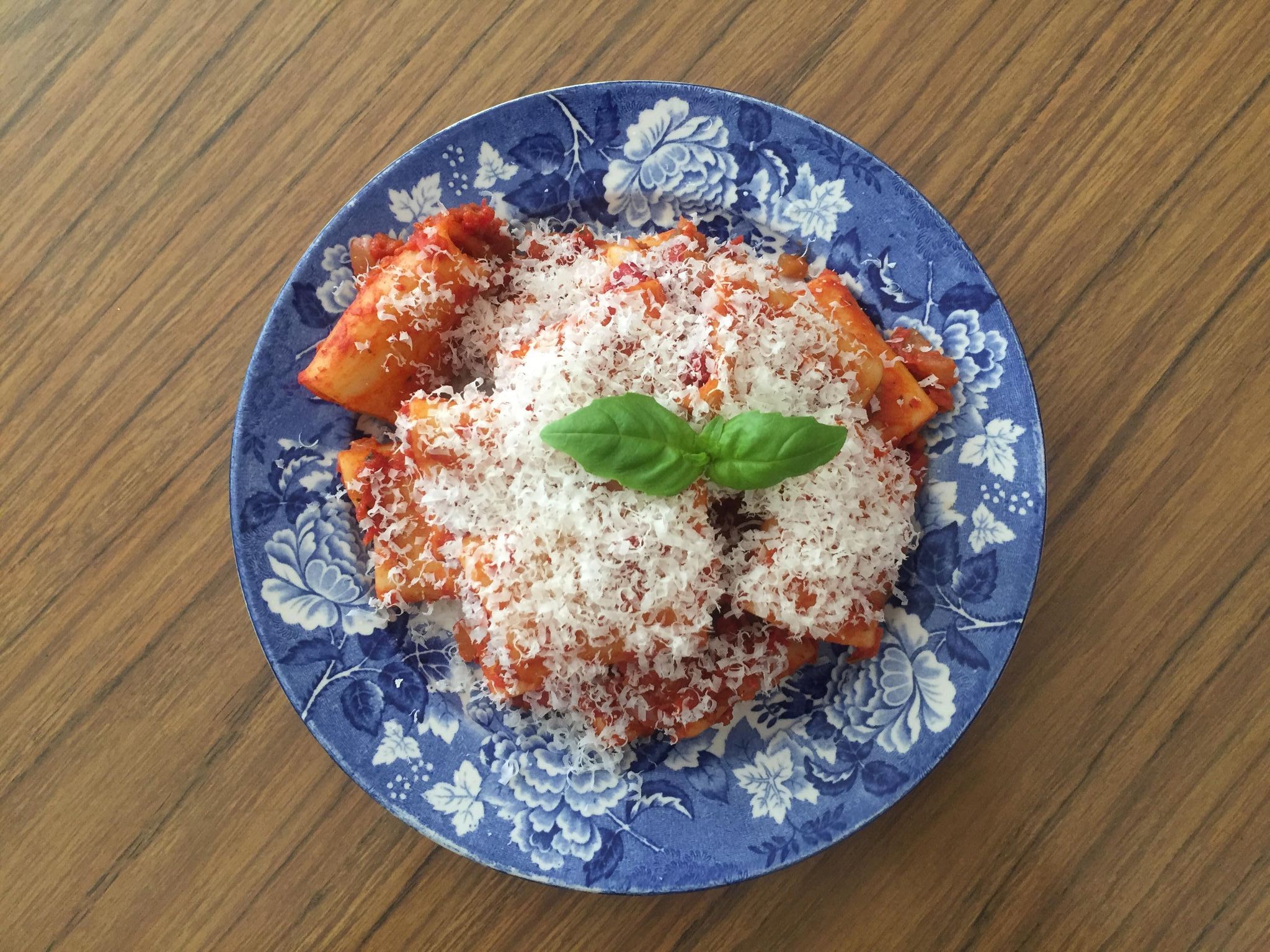
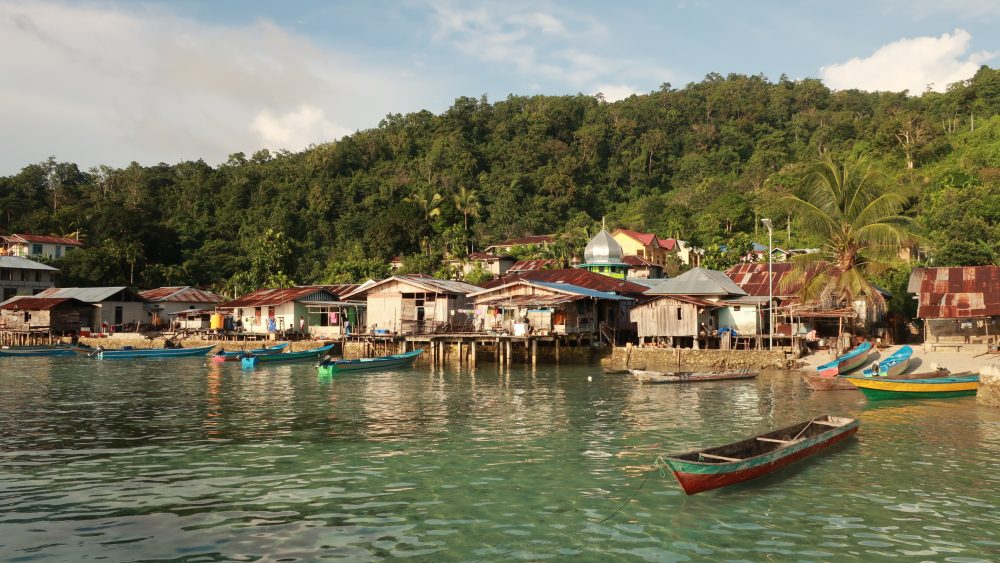
Comments